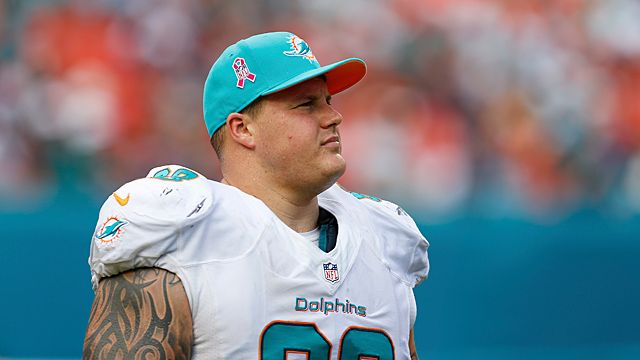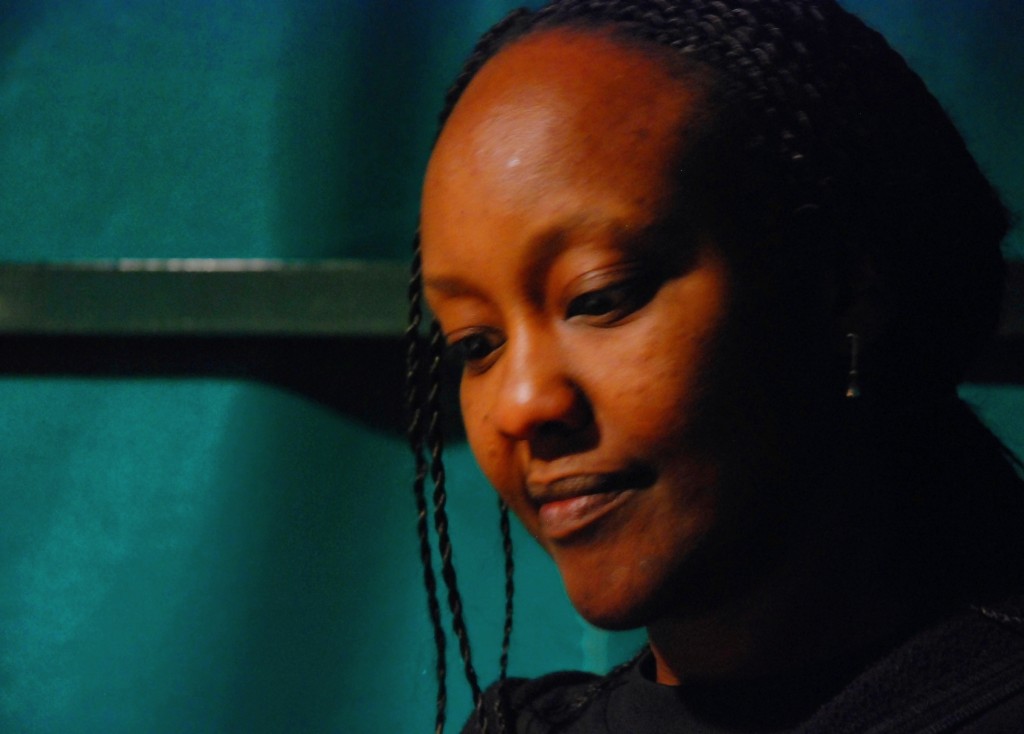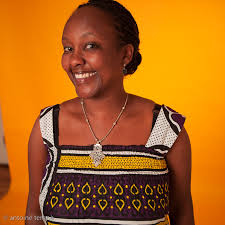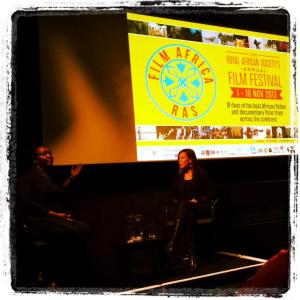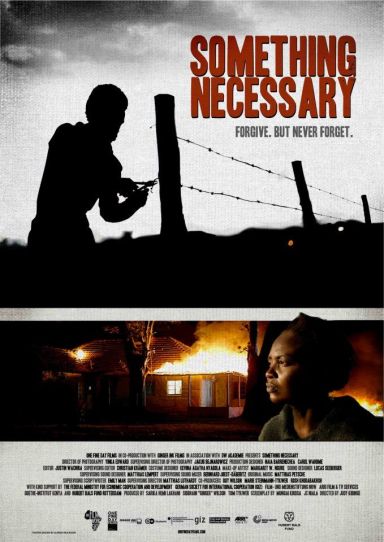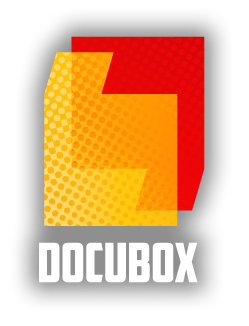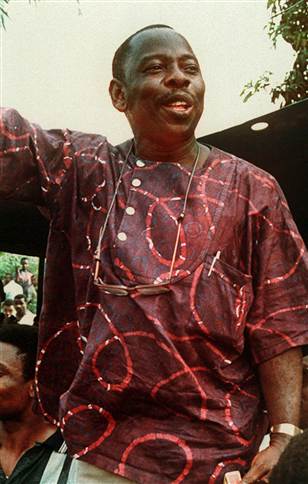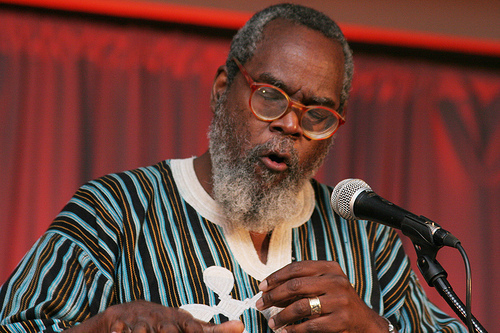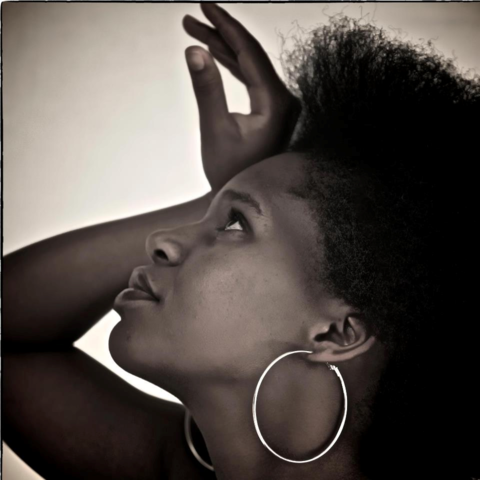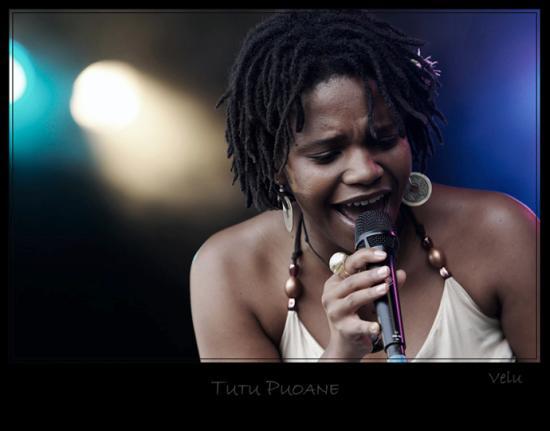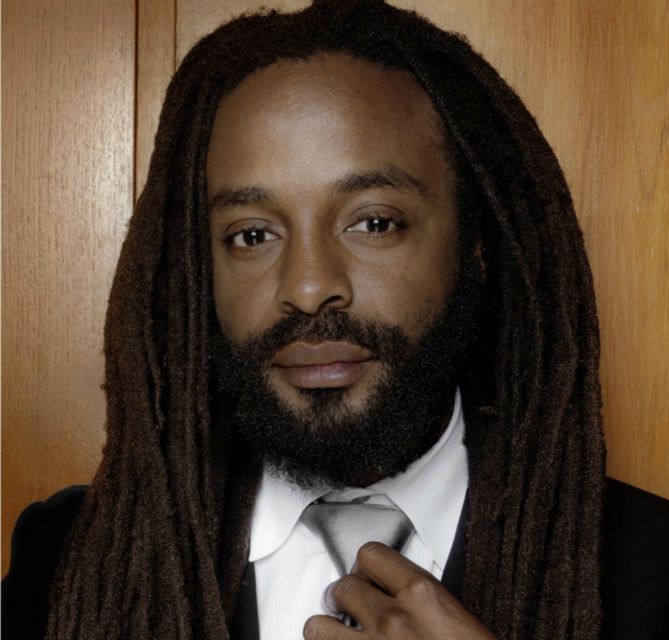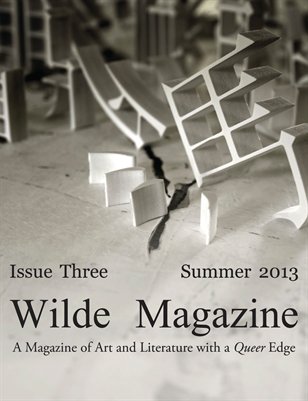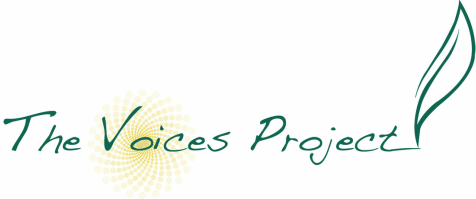November 7, 2013
Man Up
Declaring a war on warrior culture in the wake of the Miami Dolphins bullying scandal
I am here to start a fight, because I’m a man and that’s how I solve problems. I’m not here to help you. I am here to fucking hurt you. That’s what I’ve learned in my years as an NFL fan. You have an issue with somebody? You see somebody being stupid? You don’t look the other way. You don’t back down. You strap on your man boots and you shove it through their teeth.
Let me tell you how I know this. I know it because the NFL told me. Take the Dolphins. They suck, but they’re still in the NFL. I’m telling it like it is; that’s what men do.
The Dolphins have, or maybe had, a 24-year-old left tackle named Jonathan Martin. And they have, or maybe had, a 30-year-old left guard named Richie Incognito. Last week, Martin left the team to seek help for emotional issues. Then allegations emerged that Incognito had been bullying him. Hazing him, if that word makes you feel better. Threatening him. Threatening his family. Leaving him racist voice mails. Sending him homophobic texts. Here’s a quick example, and I’m not bleeping out the bad words, because being a man means looking reality in the face.
Hey, wassup, you half-nigger piece of shit. I saw you on Twitter, you been training 10 weeks. [I want to] shit in your fucking mouth. [I’m going to] slap your fucking mouth. [I’m going to] slap your real mother across the face [laughter]. Fuck you, you’re still a rookie. I’ll kill you.
Incognito was suspended from the team Sunday. Over the next few days, NFL columnists rounded up NFL sources to opine about the only thing that matters in the NFL: warrior fucking toughness. The Shadow League’s J.R. Gamble called Martin “soft.” Giants safety Antrel Rolle said: “You’re a grown-ass man. You need to stand up for yourself.” Ex-Dolphins lineman Lydon Murtha wrote that Martin was a “standoffish and shy” player who “broke the code” and that “playing football is a man’s job” of “high testosterone.”Sports Illustrated‘s Jim Trotter spoke to a mean fleet of NFL types who all agreed that Martin was “a coward.” One said: “I think Jonathan Martin is a weak person. If Incognito did offend him racially, that’s something you have to handle as a man!” Another one said: “You handle it in house — fight, handle it on the field, joke about it, etc. — and keep it moving.” Another one said: “I might get my ass kicked, but I’m going to go down swinging if that happens to me, I can tell you that.”
Warriors make war on warriors. There’s no room for crying in this game. You have a problem, you handle it on the field. Handle it as a man. Go down swinging. I hear you, NFL, and that’s why I’m not here to move you or persuade you. If you have a penis and feelings, you’d better cut one of them off. I’m here to start a fight.
Because this — this idea that Jonathan Martin is a weakling for seeking emotional help — this is some room-temperature faux-macho alpha-pansy nonsense, and I am here to beat it bloody and leave it on the ground. Every writer who’s spreading this around, directly or by implication; every player who’s reaction-bragging about his own phenomenal hardness; every pundit in a square suit who’s braying about the unwritten code of the locker room — every one of these guys should be ashamed of himself, and that’s it, and it’s not a complicated story.
Let’s put some things in context, shall we? We’re lucky in this regard, because it’s actually fairly easy to put mental-health issues in context in a league whose retirees have a disproportionate tendency to shoot themselves to death. Former Chargers DB Paul Oliver is the most recent. He killed himself in late September at the ripe old age of 29. In 2012, four players or ex-players committed suicide in eight months, including 25-year-old Titans receiver O.J. Murdock, beloved Chargers icon Junior Seau, and Chiefs linebacker Jovan Belcher, who — maybe you vaguely remember this — shot himself in the parking lot of the Chiefs’ practice facility after murdering his girlfriend in front of his 3-month-old daughter.
The plague of NFL suicides might by itself hint at the severity of the desperation many players seem to find below the surface of America’s favorite TV show. And that might, in turn, argue in favor of extending some basic benefit-of-the-doubt compassion toward a young player who says he’s struggling. But let’s say you don’t see it that way. You need more convincing, maybe because you’re a man and you know that compassion is a lie invented to keep you from owning a Hummer. Fine. Let’s squeeze into our thinking caps and keep going.
The brain is a part of the body. It’s an organ. It’s a physical thing. Sometimes it breaks. Sometimes it breaks because you beat it against the inside of your skull so hard playing football,1 and sometimes — because it’s unimaginably intricate, the brain, way more intricate than even a modified read-option — it breaks for reasons that are harder to see. Your ability to chortle “boys will be boys” doesn’t mean that psychological abuse of the sort that Martin apparently endured can’t widen that kind of fracture. But then, does the cause even matter?
Look at it this way: No one thought Joe Theismann was soft for leaving the game when his leg was hanging sideways. Sometimes the brain goes sideways, and when that happens, “brave” or “cowardly” shouldn’t even come into it. Seeking help is just the practical thing to do.
Or look at it this way: Say Jonathan Martin had three children, two boys and a girl. Say the youngest was 2 months old and the oldest was 3 years old and they all died in a fire. Would you call him weak for missing some games over this? No, because you would understand that he was in unbearable pain, that he was literally crazy with hurt, and you would want to support him because, to your mind, the pain would have a valid cause. But what makes a badly suffering person incapable of functioning isn’t the validity of the cause, it’s the extremity of the pain. And sometimes — because brains break! — it’s possible to feel as if your children had burned to death for no obvious reason at all. The ceiling is screaming, every pore in your skin hurts, the view in the window hurts, the idea of getting off the couch to close the curtains hurts, thinking five minutes into the future makes you feel like you’re coming apart at the atomic level. You need help when this happens. Yeah, even if it means that the hardest men on the planet — Twitter users — lose respect for you.
I love football — it’s so much fun, it’s beautiful, it’s thrilling, it’s an excuse to drunk-tweet in the mid-afternoon — but it has also become the major theater of American masculine crackup. It’s as if we’re a nation of gentle accountants and customer-service reps who’ve retained this one venue where we can air-guitar the berserk discourse of a warrior race. We’re Klingons, but only on Sundays. The Marines have a strict anti-hazing policy, but we need our fantasy warrior-avatars to be unrestrained and indestructible. We demand that they comply with an increasingly shrill and dehumanizing value set that we communicate by yelling PLAY THROUGH PAIN and THAT GUY IS A SOLDIER and THE TRENCHES and GO TO WAR WITH THESE GUYS and NEVER BACK DOWN. We love coaches who never sleep, stars who live to win, transition graphics that take out the electrical grid in Kandahar. We love pregame flyovers that culminate in actual airstrikes.
And of course this affects the players. Locker-room guy-culture is one thing; the idea that any form of perceived vulnerability is a Marxist shadow plot is something else. It’s a human inevitability that when you assemble a group of hypercompetitive young men some of them will go too far, or will get off on torturing the others — which is why it’s maybe a good idea, cf. the real-life military, to have a system in place to keep this in check. What we have instead is a cynical set of institutional fetishes that rewards unhealthy behavior. The same 110-percent-never-give-an-inch rhetoric that makes concussed players feign health on game day encourages hazing creep after practice. Don’t believe that? I’ve got a helmet-to-helmet hit here for you, and that’ll be $15,000, petunia.
I guess the nuanced line on the scandal in Miami is that a locker room is a complicated organism, and the aggression/affection dynamic between teammates is impossible for outsiders to understand.2 Maybe that’s true. But there are boundaries in locker rooms, same as anywhere else, and those boundaries are culturally conditioned, same as anywhere else, and they change with time, and they can be influenced. And it would be really good, it would be a really good thing, if the NFL moved its boundaries in such a way as to show some minimal respect for mental health. Not just for PR purposes, but because for as hell-bent as we seem on turning football players into gods without dignity, humanity doesn’t stop the moment you strap on a Dolphins helmet. I don’t know when football forgot that fact, but the evidence is overwhelming that it needs to remember.
There will always be locker-room assholes. They should be curtailed. And when a player says he needs time off for mental reasons — again: in a sport with a suicide problem — it shouldn’t spark a national conversation on whether he’s soft.
I am here to hurt you, so I’ll also say this: You’re a warrior, cool. What the hell are you a warrior for? I’m sorry if this makes it sound like I have emotions other than anger — I assure you that I don’t — but tell me this: What’s the point of being strong if all you stand for is abusing a suffering teammate? Those guys who taught me that when you see a problem, you step up and solve it, all those anonymous sources foaming on about how to be a man — is that what they think “being a man” is? I mean, nothing about protecting someone who’s struggling in your big gender equation, then? Nothing about, like, knowing right from wrong?
Here’s what I can’t stop thinking: There were so many tough men in that Dolphins locker room. The unwritten code of football is that you handle your business in-house. Any one of these men could have said something to stop Incognito and help Martin. Any one of them could have handled it. They’re warriors, right? They’re paragons of strength. And yeah, there are complex reasons why they didn’t. But they didn’t.
+++++++++++++++++++
Brian Phillips (@runofplay) is a staff writer for Grantland.


